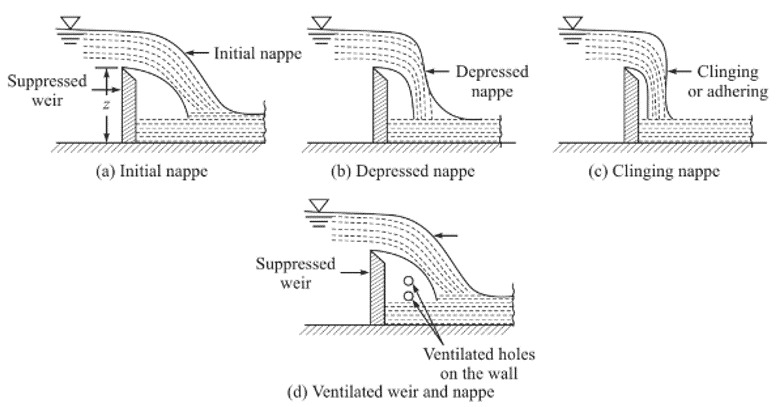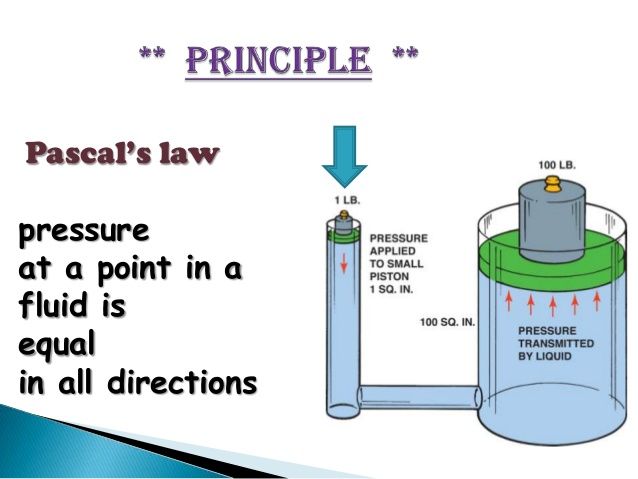111) The discharge of a depressed nappe is 6 to 7 percent __________ that of a free nappe.
more than

Related Hydraulics and fluid mechanics MCQ with Answers
between 2000 and 2800
increases
When a liquid is contained in a vessel, it exerts force at all points on the sides and bottom of the vessel. The force per unit area is called intensity of pressure. Mathematically, intensity of pressure,
p = P/A
where
P = Force acting on the liquid, and
A = Area on which the force acts.
The intensity of pressure at any point, in a liquid at rest is equal to the product of weight density of the liquid (w) and the vertical height from the free surface of the liquid (h). Mathematically, intensity of pressure,
p = w. h
From this expression, we see that the intensity of pressure at any point, in a liquid, is directly proportional to depth of liquid from the surface.

Agree
When a liquid is contained in a vessel, it exerts force at all points on the sides and bottom of the vessel. The force per unit area is called intensity of pressure. Mathematically, intensity of pressure,
p = P/A
where
P = Force acting on the liquid, and
A = Area on which the force acts.
The intensity of pressure may be expressed either in N/m2, N/mm2 or in metres of liquid or mm of liquid. Intensity of pressure is also expressed in pascal (briefly written as Pa), such that
1 Pa= 1 N/m2; 1 kPa= 1 kN/m2 and 1 MPa = 1 MN/m2= 1 N/mm2
According to Pascal’s law, the intensity of pressure at any point in a fluid at rest is same in all directions.
